Sugar gets a bad rap when it comes to your health, so we decided to do a deep dive on the topic.We wanted to answer all the questions that come up around sugar: Is it really that bad for you? What’s the link between different types of sugar and chronic disease? Is there such a thing as good sugar? How much sugar is too much? What’s the healthiest sugar, or are they all pretty much the same? We laid it all out for you in the guide below.
In recent years, sugar has become pretty vilified, much like fat was during the 1990s. But whereas we eventually learned that fat is actually essential for your body and mind to function optimally (and that fat doesn’t make you fat), it doesn’t seem like sugar is going to have a similar redemption story. Unfortunately for cookie lovers everywhere, there’s not really a “good sugar” the same way that there is “good fat.”
High blood sugar and insulin resistance, both of which may be caused by overconsumption of sugar, are at the root of many chronic health problems, from heart disease to cancer, diabetes, obesity, autoimmune conditions, and more. That doesn’t mean that you can never have sugar, or that all sugars are equally bad for you — what it does mean is that you need to be aware of not only your overall sugar intake, but also the different types of sugar you’re consuming. Let’s get into the specifics.
The Link Between Sugar and Inflammation
So when you eat sugar, how exactly is it harming your body? One of the main pathways is through inflammation. In one study of 29 healthy people, researchers found that consuming just 40 grams of added sugar (the amount in an average can of non-diet soda) per day led to an increase in inflammatory markers, insulin resistance, and LDL cholesterol, as well as weight gain. When you consider that the average American man consumes 96 grams of added sugar a day, and the overall average is 94 grams, this is some pretty un-sweet news.
Unfortunately, cutting out sweets won’t solve the problem, because added sugars aren’t the only culprit when it comes to inflammation. Refined carbohydrates — like white bread, pasta, cereal — all get broken down as sugar, which is likely the reason that they have been linked to increased inflammation in humans. If you want to know why all of this is important, remember that inflammation is associated with tons of diseases, including coronary heart disease, diabetes, and stroke.

Here’s the science of the sugar/chronic inflammation relationship: when you eat too much sugar, your blood sugar is constantly spiking. This causes three things to happen: 1) your body produces pro-inflammatory molecules called cytokines; 2) high blood sugar levels trigger the production of molecules called advanced glycation end products (AGEs), which are destructive and trigger inflammation; and 3) your cells become insulin-resistant, meaning they don’t respond to insulin, so the sugar can’t enter your cells, causing it to accumulate in your blood and then get stored as stomach fat, which — you guessed it — creates its own pro-inflammatory chemicals.
Do Sugars Cause Cancer?
One of the scariest things you might have heard about sugar is that it feeds cancer cells. We hate to spook you, but unfortunately the evidence suggests this one is true. According to a meta-analysis of 268 articles and 13 studies, tumors are dependent on glucose uptake, meaning they need simple sugars — like those from processed carbs and sweets — to survive and grow. When patients switched to a high-fat, low-carb (and therefore low-sugar) diet, such as the ketogenic diet, the growth of malignant cells was inhibited, and survival time increased. This was true for various types of cancer, including pancreatic, prostate, gastric, colon, brain, neuroblastoma and lung cancers.
Additionally, excess sugar consumption increases the risk of obesity and diabetes, both of which raise the risk of cancer.
Is “Good Sugar” A Thing?
Okay, so too much sugar is definitely bad for you. But if you’re only consuming a moderate or small amount of sugar, are certain kinds better than others? What makes something a good sugar or a bad sugar, if that distinction exists?
Before we get into the different types of sugar out there, let’s first talk about the different molecular forms of sugar, because that’s where the main distinctions lie. You may have heard people say that your body processes sugar from an apple differently than it processes sugar from a candy bar, for instance. This statement is a bit of a simplification, but it speaks to a basic biological truth about sugar, which can better help you understand the health repercussions of the different types of sugar you see in the store. It all comes down to understanding the three main forms of sugar:
- Glucose: This is a simple sugar, aka a monosaccharide, and is the basic carbohydrate-based energy source. It’s quickly absorbed and so it raises blood sugar levels quickly and triggers the release of insulin. Glucose isn’t super sweet, and can be found in carbohydrates like bread and pasta, as well as fruits and vegetables.
- Fructose: Often thought of as “fruit sugar,” fructose is another monosaccharide, though it is first processed by the liver, so it doesn’t affect insulin levels immediately and has the least impact on your blood sugar level. Fructose is super sweet, and is often added to processed foods in the form of high fructose corn syrup; but fructose can also be found in non-processed items like honey, molasses, fruits, and fruit juices.
- Sucrose: This is what we think of as table sugar, which is a processed form of sugar, though sucrose also naturally occurs. It is a disaccharide (meaning it’s formed from two monosaccharides), made of half fructose and half glucose.
So are any of these three forms of sugar better or worse than the others? Can any of them be classified as a “good sugar” or a “bad sugar”? Again, it’s not cut and dried, and each form has its downsides and upsides.
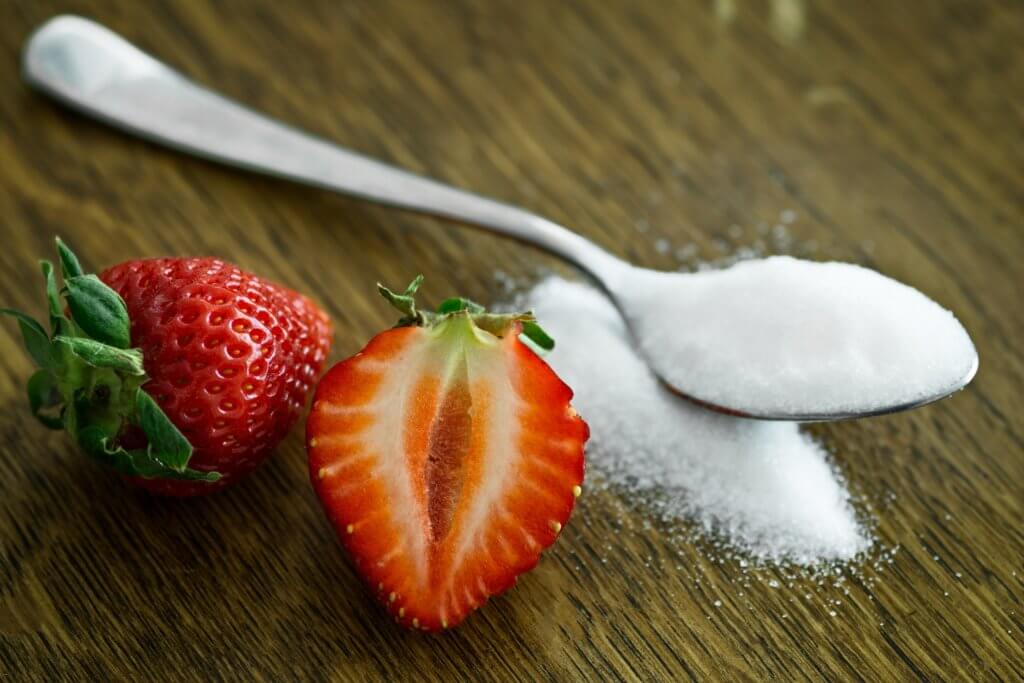
Glucose, on one hand, is readily available to your muscles and brain, giving you immediate energy, which is a good thing. Glucose also stays in your bloodstream for some period of time, keeping glucose levels high, which is good for the brain. On the other hand, glucose causes the release of insulin and a spike in blood sugar, which poses its own health problems.
Fructose doesn’t cause the same blood sugar spike as glucose, and is less likely to cause cavities, but it might be the most dangerous of all when consumed in excess. Because it needs to pass through your liver first, too much fructose can overload the organ, turning the fructose into cholesterol and triglycerides and leading to obesity, high cholesterol, and fatty liver disease. And you may be more likely to eat too much fructose, since it doesn’t suppress ghrelin (the “hunger hormone”) the same way that glucose does. This means you’ll keep feeling hungry even after you’ve had enough food, and that inevitably leads to overeating.
Sucrose has its dangers, too. Because only half of it (the glucose half) gets supplied as immediate energy, your brain wants you to eat twice as much to get the same amount of energy. Hence, sugar addiction. Plus, when glucose and fructose are eaten together, it can cause more fructose to be stored as fat.
The main takeaway here is that there’s really not a bad sugar or a good sugar, but rather that excess sugar is the real enemy. If you’re eating a small amount of glucose, sucrose, and fructose, then your liver will function well, your blood sugar will be stable, and your brain and muscles will be supplied with adequate energy. It’s when you eat too much sugar that you risk overloading your liver, spiking your blood sugar, and storing excess sugar as inflammation-causing fat.
The Health Impacts of Different Types of Sugar
With all the different types of sugar out there, it can be easy to get confused. And when brands bet their bottom line on convincing you that their product contains the “healthiest sugar,” it gets even more muddled: Is “raw” sugar healthier than refined sugar? Is honey a good sugar? What about “natural sugars”? Thankfully, you can always turn back to the basic underlying science of sugar to make the healthiest choice for your body.
As we broke down above, all forms of sugar have their drawbacks and benefits. And, as Brian St. Pierre of Precision Nutrition puts it, “whether you’re talking about coconut sugar or honey or table sugar, these sweeteners are all sugar delivery mechanisms with minor differences.” Still, there are some differences between different types of sugar, and some of these differences have an impact on your health.
Here’s a breakdown of the benefits and drawbacks of common types of sugar:
Refined “table” sugar: This pure sucrose is digested very quickly, so it won’t leave you feeling full after you’re done eating, regardless of your calorie intake. That means you’re pretty likely to eat too much. Table sugar also has no nutrients, and so, while it supplies some quick energy, it is essentially “empty calories.”
Raw sugar, aka “sugar in the raw”: Sorry, that brown packaging doesn’t mean this is a natural or good sugar. In fact, raw sugar is pretty much the same thing as refined sugar. The only difference is that it retains some of the molasses and water from the plant (hence the darker color), so it has more volume, meaning you’ll generally eat less of it per serving — which is something.
Brown sugar: Again, pretty similar to table sugar. The only difference is that some (brown) molasses is added back in, which might add trace nutrients. But really, not much.
Sugar in fruit: Although fructose is often referred to as “fruit sugar,” the truth is that most fruits contain a mix of fructose, glucose, and sucrose. However, fruit also contains fiber, which helps to counteract some of the negative effects of sugar alone. The fiber slows down your absorption of the glucose, prevents a blood sugar spike, and makes you feel full longer. Plus, as long as you’re not eating a pound of apples or accompanying your grapes with a candy bar, fruit contains a manageable amount of fructose that your body can convert into energy rather than storing as fat in your liver. On top of all that, fruit has crucial vitamins, minerals, and antioxidants. Remember that whole fruit has fiber, fruit juice does not.
Coconut sugar: Coconut is super trendy in the wellness world these days, which means that coconut sugar is often touted as the healthiest sugar. And there’s some truth to the claim that this is a relatively good sugar: coconut sugar does have some important nutrients, including iron, calcium, zinc, and potassium, as well as some antioxidants and a fiber called inulin, which slows glucose absorption and lowers its glycemic index. However, it’s still made up of 70-80% sucrose, which, as we mentioned above, is the type that can lead to sugar addiction.
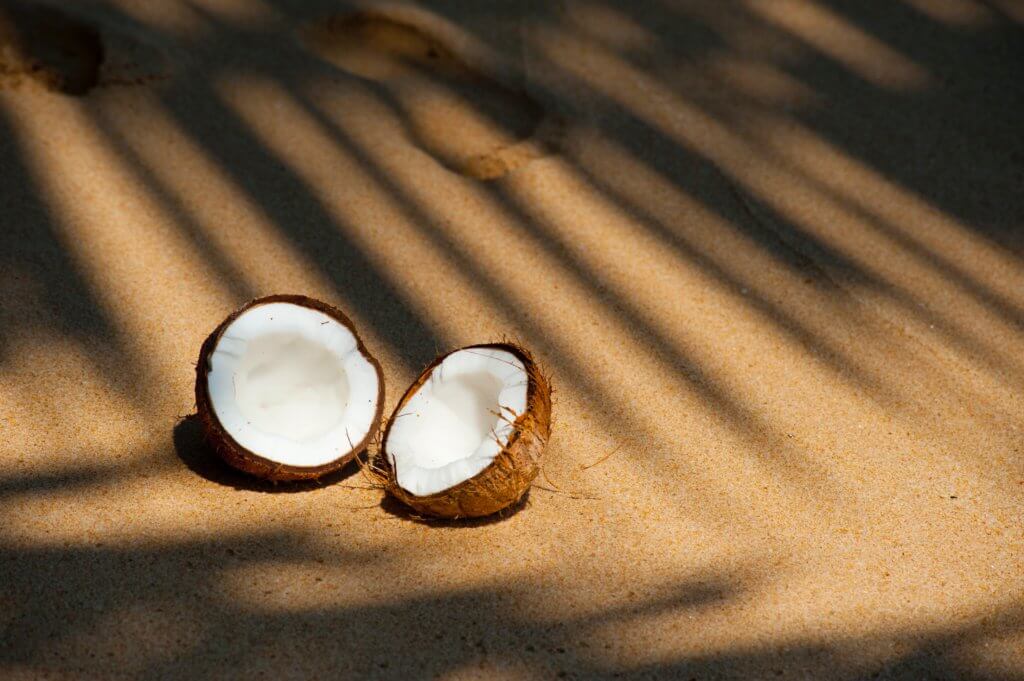
High fructose corn syrup: Commonly used as a sweetener in processed foods, high fructose corn syrup has a huge amount of fructose (get it, high fructose?), which is difficult for your body to process and is easily stored as fat in your liver.
Honey: Honey is a mix of glucose and fructose, and so it will cause a blood sugar increase. However, it has some benefits, including antibacterial and antimicrobial properties. Manuka honey and other high-grade honeys may contain even more benefits, such as anti-inflammatory and antioxidant effects.
Agave: Agave is 90% fructose, which means that it won’t have a major effect on your blood sugar or insulin levels. However, it carries all the risks of fructose (hello liver overload), especially if consumed in excess.
(BTW — if you want recommendations for more delicious, WellBe-approved goodies that can satisfy your sweet tooth, check out the WellBe Non-Toxic Product Lists! You’ll find 1,200+ vetted and researched non-toxic products, from food to sleep to beauty to home and more.)
The Short and Sweet Takeaway
You shouldn’t be terrified of sugar — it’s naturally occurring in many healthy foods like fruit. However, it’s really important to be aware of how much sugar you’re eating, because too much of any type of sweetener, even so-called “good sugar,” can have serious health consequences. Here are the key points to remember about the different types of sugar and your health:
- There’s a strong link between sugar and inflammation. Sugar causes your body to produce pro-inflammatory molecules called cytokines as well as advanced glycation end products, which causes inflammation. Eating too much sugar also causes your stomach to store fat cells, which trigger even more inflammation.
- Many cancerous tumors feed off of sugar, which is why there’s a strong connection between sugar consumption and cancer, and why the low-sugar keto diet can be an effective treatment protocol for certain cancers.
- There are three different molecular forms of sugar: glucose, fructose, and sucrose. Glucose is simple table sugar, and causes an immediate blood sugar spike; fructose passes through your liver first, which means that it doesn’t cause the blood sugar spike, but it does tax your liver; sucrose is half glucose and half sucrose, and can cause more sugar to be stored as fat.
- Different types of sugar in the market have very slight variations in their health impact. While some sugars have trace nutrients, there’s not one “healthiest sugar” out there. It’s all about the amount of sugar you eat and what you’re consuming with your sugar.
- The CDC recommends that you limit your added sugar consumption to 10% of your daily intake (about 50 grams — or 12 teaspoons — per day based on a 2,000-calorie diet). And be aware of the ways that different types of sugar impact your fullness (i.eWhen you have a craving for something sweet, rather than reaching for a cookie or piece of chocolate, opt for high-fiber fruits, or pair your sweet treat with foods that contain fiber, protein, and fat that can help stabilize your blood sugar and keep you feeling full for longer).
- Remember that most food products (i.e. anything with more than one ingredient) contain hidden added sugar (read about Adrienne’s experience on Aviva Romm’s adrenal thyroid revolution program to find out some of the food items she was shocked to find contain added sugar) with all kinds of weird names. One helpful thing to remember when looking at ingredient lists is that most added sugars end in “ose”. Definitely read all your food labels and look at the sugar content before buying. We go through and throw out all the foods hiding in your kitchen with added sugar in the WellBe Spark Health Program!
Do you have a sweet tooth? What kinds of things do you eat to satisfy your cravings without consuming too much sugar? Tell us in the comments below! We love 70% dark chocolate.
Citations:
- Stanhope KL. Sugar consumption, metabolic disease and obesity: The state of the controversy. Crit Rev Clin Lab Sci. 2016;53(1):52-67.
- Aeberli I., et al. Low to moderate sugar-sweetened beverage consumption impairs glucose and lipid metabolism and promotes inflammation in healthy young men: a randomized controlled trial. Am J Clin Nutr. 2011 Aug;94(2):479-85.
- Dregan A., et al. Chronic inflammatory disorders and risk of type 2 diabetes mellitus, coronary heart disease, and stroke: a population-based cohort study. Circulation. 2014 Sep 2;130(10):837-44.
- Esposito K., et al. Inflammatory cytokine concentrations are acutely increased by hyperglycemia in humans: role of oxidative stress. Circulation. 2002 Oct 15;106(16):2067-72.
- Khodadadi, Soheila et al. “Tumor Cells Growth and Survival Time with the Ketogenic Diet in Animal Models: A Systematic Review.” International journal of preventive medicine vol. 8 35. 25 May. 2017.






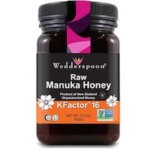
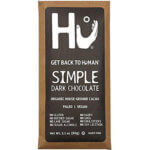


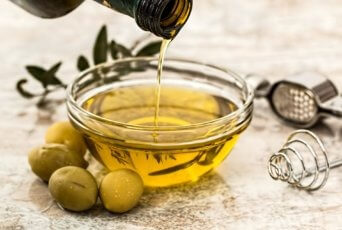

I make avocado, date and cacao deserts when I need a sweet treat.
Hi, you mentioned that sugars cause inflammation. But from what I’ve been told, not all sugars do. Is this true? You mentioned honey has anti-inflammatory properties. Does this mean, I can have honey if my goal is to keep away from sugars that cause inflammation? Could you please direct me to a list of sugars that are okay for trying to avoid inflammation? Would be greatly appreciated!
Hi Chris! The main takeaway here is that there’s really not a bad sugar or a good sugar, but rather that excess sugar is the real enemy. If you’re eating a small amount of glucose, sucrose, and fructose, then your liver will function well, your blood sugar will be stable, and your brain and muscles will be supplied with adequate energy. It’s when you eat too much sugar that you risk overloading your liver, spiking your blood sugar, and storing excess sugar as inflammation-causing fat. Within the article we do cover the Health Impacts of Different Types of Sugar, however, there really isn’t a “list of sugars that cause inflammation.” The effects of sugar are multifactorial and largely depend on the amount consumed–a good rule of thumb is to minimize ALL sugar intake whenever possible.
Also, does a “no refined sugars” diet (for a month) mean I can’t have a gram here and there? In other words, will my 30-day trial’s results get skewed if I have a gram or 2 here and there?